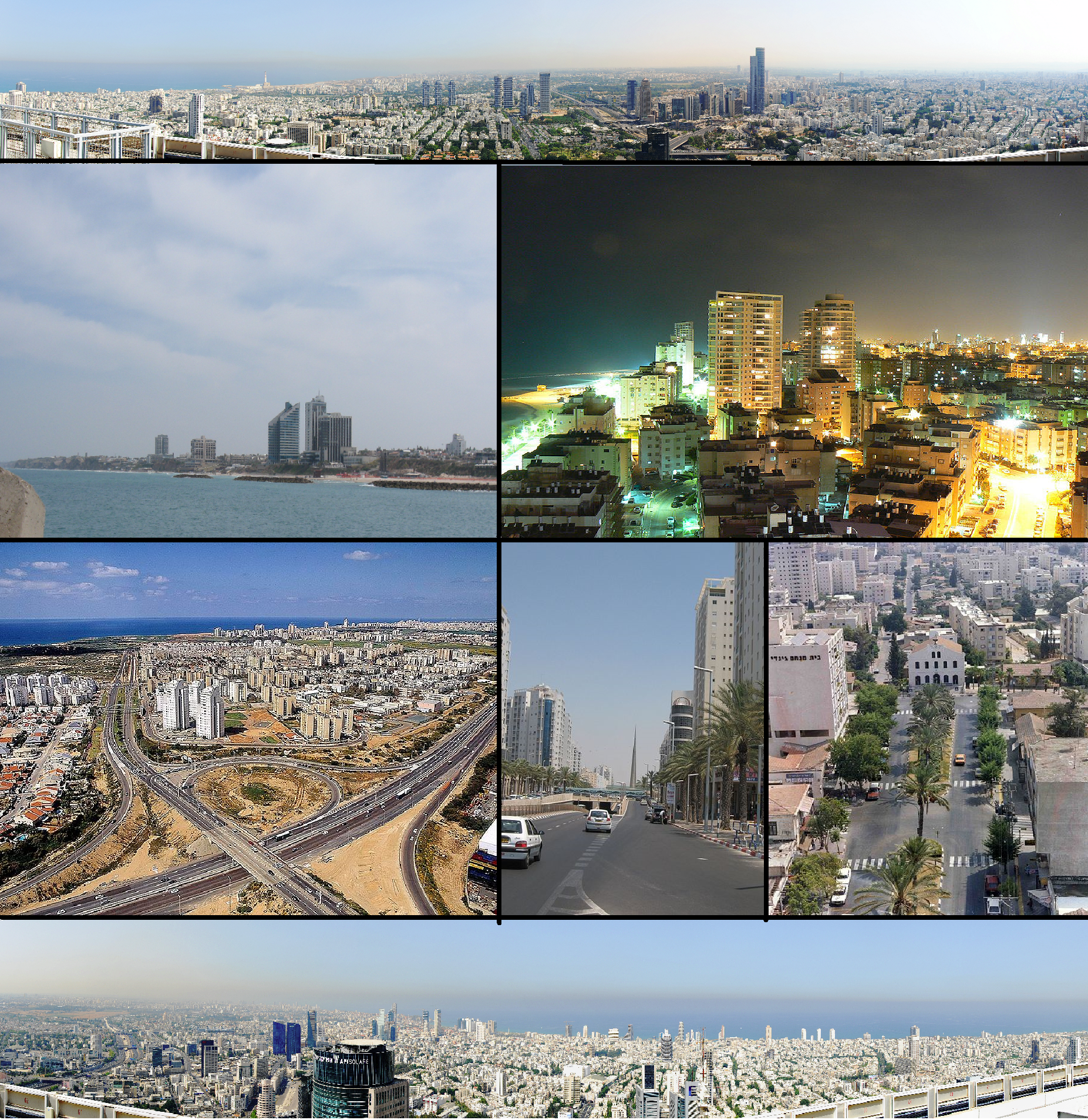
Tel Aviv, Herzliya, Bat Yam, Netanya, Ashdod, Rishon LeZion, Southern Suburbs of Tel Aviv.
Prof. Sam Lehman-Wilzig – Density Galore: Getting Away from Gush Dan
All Israeli governments have understood the need to spread out Israel’s population geographically. Too many people live in the central part of the country. But despite efforts and policies galore, the “center still holds.” Why?
There are clear downsides to such population concentration:
1) Traffic jams: All roads leading to and from Tel Aviv and its environs have had lanes added on a constant basis. Recently, dedicated “fast” public transportation lanes were introduced with electric buses and the trains modernized. But not to much avail. Driving to Tel Aviv in the morning rush hour (leaving in the late afternoon isn’t much better) has become a nightmare – literally, with people leaving the northern suburb Sharon area before the sun comes up, to beat the traffic!
2) Civilian war casualties: Given the number of missiles aimed at Israel, and at the center in particular (tens if not over a hundred thousand from Hizballah alone), the entire Gush Dan region is extremely vulnerable to mass casualties in a war. The country’s Iron Dome system is not geared to knock down that many missiles fired simultaneously.
3) Real estate prices: Tel Aviv has become one of the most expensive cities in the world, with its sky-high housing costs in the forefront. With almost no remaining land to expand to, housing has become so expensive that not many young families can afford to live there (rentals are just as expensive), pushing them to satellite cities surrounding Tel Aviv – which only further aggravates the traffic problem!
To relieve such density, Israel’s governments have resorted to various policies and gimmicks: a lottery for radically reduced housing prices in the country’s periphery; tax credits for families living in outlying towns; even moving the IDF’s main bases to the Negev in the hope that all those officers would move their families down there too. Yet Gush Dan remains densely over-populated.
Of course, one can point to several specific-to-Israel reasons for this, but there is one overriding factor, universal in its truth: population density leads to greater creativity. That’s not only in the artistic, and cultural sense, but also (perhaps especially) in the deeper scientific, technological, and intellectual meaning of “creativity.”
To understand how this works on the macro-level of society it is worth looking at the human brain as an example (literally, not merely metaphorically). Our brains have far more cells than other animals (about 80 billion), but what form of “intelligence” is the huge number of connections between them (on average, 10,000 connections per cell!). Babies are born with all the brain cells they will ever have, but only when the child begins to develop do the inter-neuron connections increase – the reason why adults are far more “intelligent” than babies.
Human society is the same. The number of humans is important, of course (“two heads are better than one”), but the main jump in society’s “intelligence” comes from the interactions between people. And that’s where the advantage of the “city” appears: its population density leads to far greater dynamism i.e., problem-solving, question-raising, original-thinking, and the like. It is not coincidental that the 19th century Industrial Revolution was marked by a huge migration from the farm to the city. Although most people understand that the rise of factories brought people to the city, far fewer know that more people in the city led to more types of factories as a result of their initiative, creativity, and inventiveness. That social process has accelerated ever since, to the point that today around the world, rural areas are thinning out. Thus, cities continue to get denser – because that’s where the “action” is (economically and intellectually – or I should say economically due to intellectual ferment).
What can Israeli policymakers do? As I see it, two main things.
First, pour resources into building up “critical mass” cities such as Beersheba and Haifa (unfortunately, as Jerusalem becomes more ultra-Orthodox, there’s little room for economic creativity, notwithstanding their Talmudic acumen). This is beginning to happen in Beersheba, but public resources are limited because this government (especially) is heavily committed to building up Judea and Samaria settlements and towns – a decidedly, economically and technologically counter-productive policy.
Second, encourage more “telework” so that work interaction can continue even if workers are not physically in the same place. True, in the virtual world we lose part of the “water cooler effect” (serendipitously meeting other people and exchanging ideas), but it also doubles the type of “social” contact each worker has: virtually with other co-workers and physically with neighbors etc. in the peripheral hometown.
In the final analysis, without greater communication networks at the expense of transportation investment, and without a dedicated, long-term policy of building up a couple of “periphery mega-cities” to rival Tel Aviv, the Gush Dan problem will only get worse. What’s needed is not merely creativity but even more so creatiCITY…







